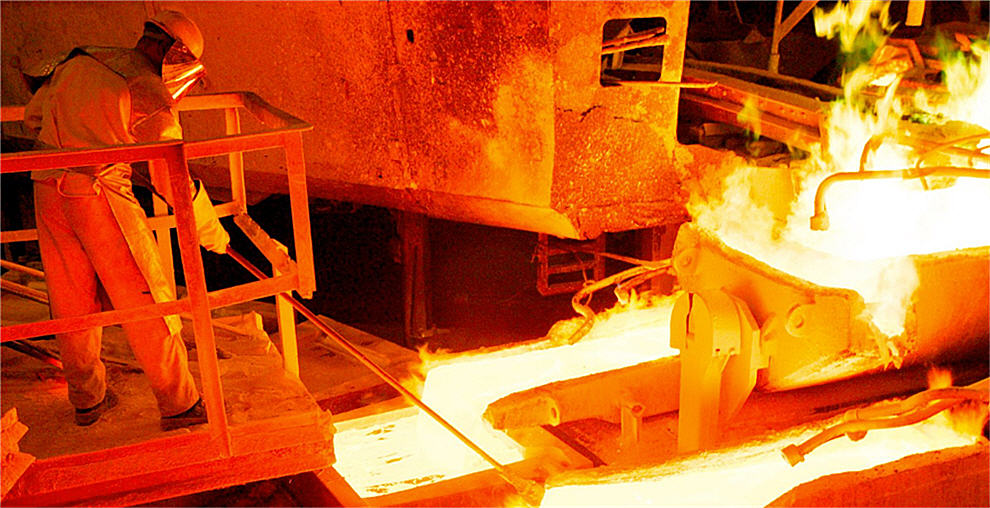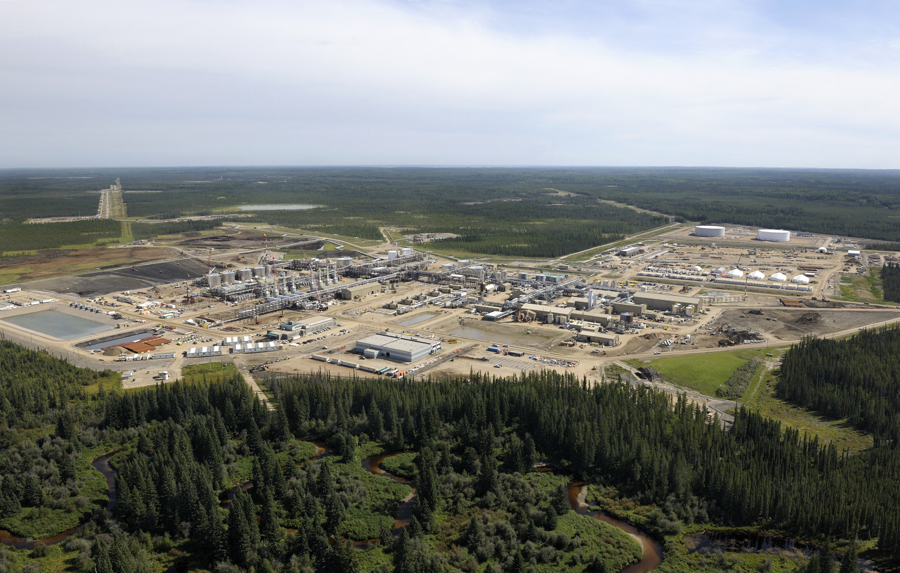Column: Record European copper premiums as buyers shut out Russia

European copper buyers are going to be paying a lot more to get their metal next year.
German producer Aurubis will charge $228 per tonne over the London Metal Exchange (LME) cash price for term deliveries in 2023, a record high and an 85% increase on this year’s premium of $123.
Chilean giant Codelco has come in higher still with a premium of $235 per tonne, while Austria’s Montanwerke Brixlegg has thrown down the green gauntlet with a 295 euro (US$289) premium for low-carbon copper.

Such eye-watering premiums and the scale of the increase, magnified by the recent strength in the dollar, are unprecedented and look strange given Europe’s manufacturing sector is contracting under the weight of high power prices.
Aurubis cited a combination of high freight and power costs and low visible copper stocks. All of which is true. But the underlying driver is the search for metal that doesn’t come with Russian branding.
Sanctions creep
There were no official sanctions on Russian copper until earlier this month when the British government announced an asset freeze on Iskander Makhmudov. He is understood to be the ultimate owner of UMMC, one of Russia’s two dominant copper producers, according to the LME, which has severely restricted the ability to warrant either of UMMC’s two listed brands.
The LME has just launched a discussion paper on whether to suspend all Russian metal, including copper from Russia’s other big producer Nornickel.
The exchange is reacting to what is already starting to play out in the physical supply chain, where a growing number of buyers are “self-sanctioning” by specifying no Russian metal in their 2023 intake.
Supply gap
That opens up a significant potential supply gap in the European market, since the bloc imported nearly 292,000 tonnes of Russian copper last year out of total imports of 801,000 tonnes, according to Trade Data Monitor.
The dependence on Russian metal is compounded by the composition of LME stocks. The LME’s discussion paper showed that over 60% of available copper stocks in its warehouse system at the end of September were Russian brand.
Headline LME copper stocks have slowly rebuilt over the course of the year from 88,725 tonnes at the start of January to a current 145,650 tonnes.
But by historical measures inventory is still very low, equivalent to just two days of global consumption. And it’s evidently a lot lower if you strip out the Russian component.
The acceptability of Russian metal in the market-place is why the LME is considering suspending deliveries into its warehouse system, fearing its international pricing benchmark will become a discounted Russian copper benchmark.

However, the scale of the producer premium rises for next year tells you that the market has already spoken with many buyers prepared to pay record prices to assure delivery of non-Russian metal.
Product gap
It appears that some at least are prepared to pay even more for low-carbon “green” copper.
Privately held Montanwerke Brixlegg, which describes itself as a copper “upcycler” using secondary raw materials, can produce refined copper with 0.739 tonne of carbon dioxide per tonne of metal based on scope 1-3 emissions, compared with an industry average of 4.1 tonnes.
Boasting its metal as the “world’s most climate-friendly copper”, Brixlegg is evidently confident there is sufficient demand for such material to justify its split from the producer pack with a green premium over and above the annual supply premium.
Buyers will also be liable to a potential energy surcharge on their price, making it a challenging test of the broader appetite for the differentiated green metal.
Asian discount
What will happen to all the Russian copper if Europe stages a collective boycott?
The LME’s concern is that it might head for the market of last resort along with a whole load of Russian aluminum and nickel if voluntary sanctions become an industry trend.
However, most analysts think that Russian copper will ultimately find a home in China, the world’s largest user of the metal.
China has been importing an average of 325,000 tonnes of refined copper each month so far this year and it’s still hungry for more.
The Shanghai Futures Exchange is in the grip of a sharp squeeze due to low stocks. The scramble for copper has sent the Yangshan premium, a closely watched proxy for import demand assessed by Shanghai Metal Market, to a 2021 high of $137.50 per tonne over LME cash.
That plays into the hands of Codelco and other suppliers in terms of what to charge Chinese consumers for their 2023 contracts.
Codelco’s Asian premium is normally discounted to its European terms. This year’s, for example, was offered at $105 per tonne, compared with $128 per tonne for European customers, reflecting the scale of shipments to the world’s biggest importer.
Terms for next year’s Asian shipments haven’t yet been announced but it will be interesting to see if producers dare lift premiums by 85% as they have done in Europe.
Just as Aurubis and Codelco aim to grab market share in Europe by replacing Russian metal, they risk losing market share in Asia if large amounts of Russian copper are displaced from the European market.
The sharp hike in next year’s European premiums says much about the cost of refusing Russian metal. Premiums in Asia will say much about the price of that metal in the rest of the world.
(The opinions expressed here are those of the author, Andy Home, a columnist for Reuters.)
(Editing by David Evans)
{{ commodity.name }}
{{ post.title }}
{{ post.date }}

Comments